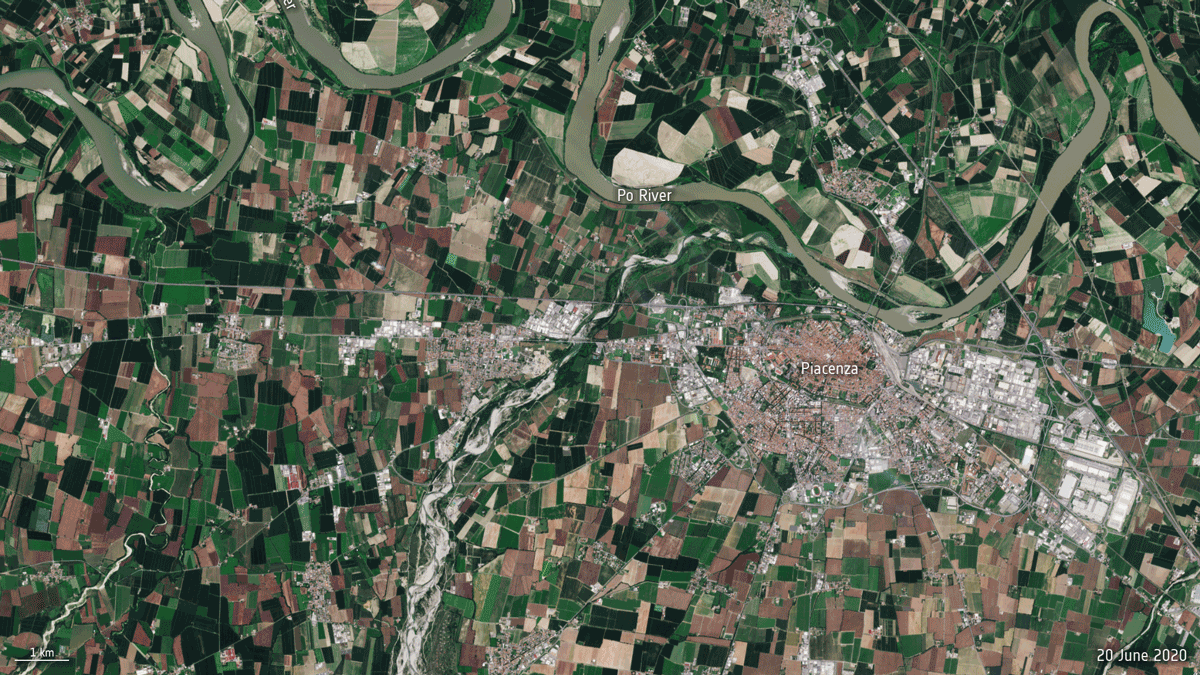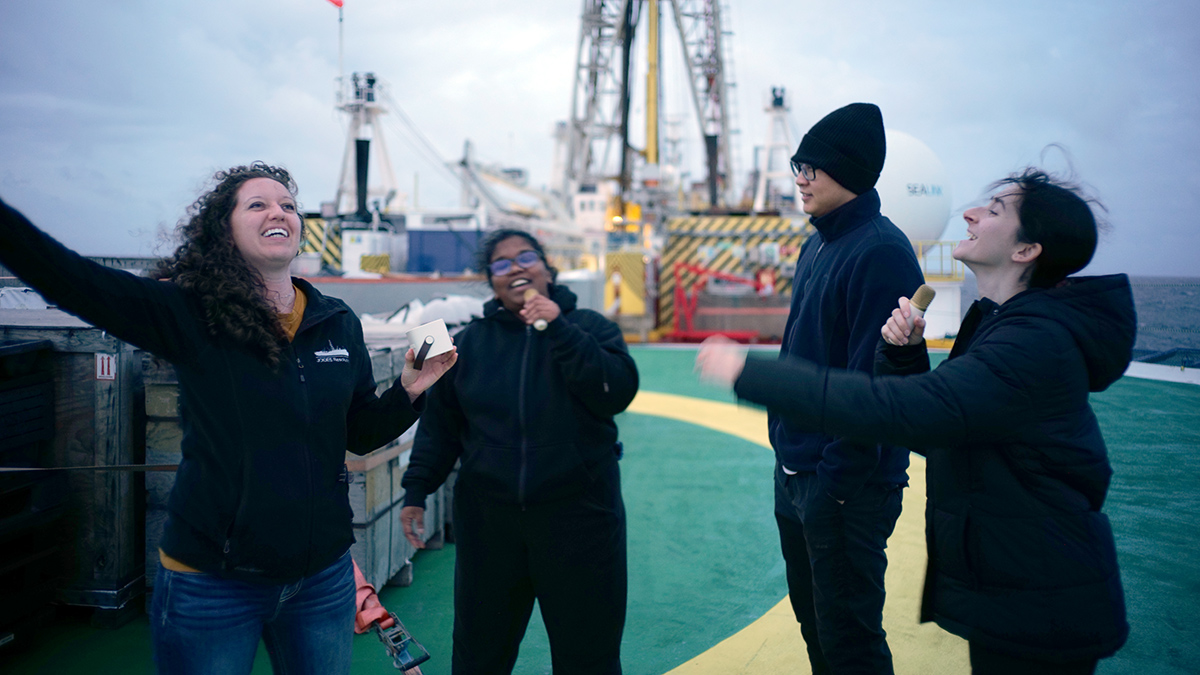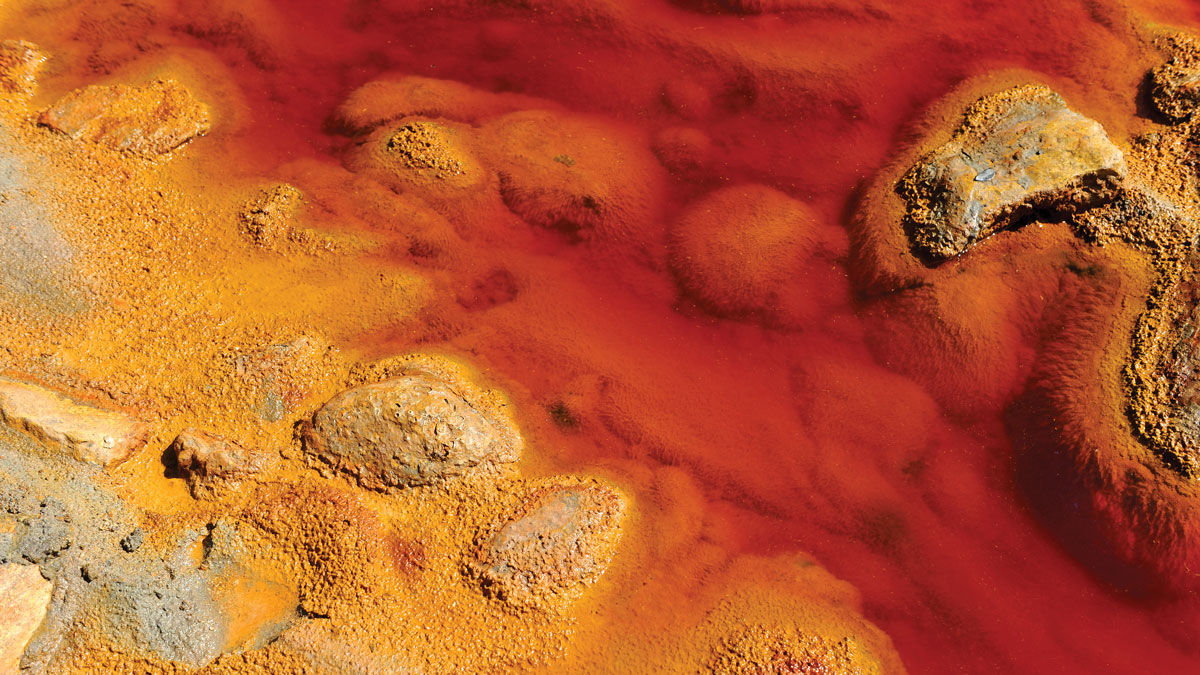A new study combines historical observations, climate modeling, and data from tree rings to create a fuller picture of historic as well as potential drought conditions.
paleoclimatology & paleoceanography
When Ice Ages End, Ocean Circulation Fine-Tunes Ocean Heat
New Antarctic ice core data bolster model predictions of ocean heat content during glacials and interglacials.
Taking Our Paleoceanographic Tools to the Next Level
A new modeling study shows that to accurately interpret data derived from an iconic proxy of past Atlantic overturning strength, we must consider the complex factors governing the proxy systematics.
The Valuable, Vulnerable, Long Tail of Earth Science Databases
Community-curated data resources in the Earth sciences, highly valuable but systematically underfunded, are vital to research on a changing planet.
How Do You Make Earth into an Icehouse?
A new model accurately reconstructs Earth’s past icehouses and indicates there’s no one driver behind them.
Tiny Icequakes Ripple Through Greenland’s Largest Ice Stream
Seismologists made an accidental discovery on the Northeast Greenland Ice Stream, changing the way glaciologists understand how ice moves.
Expedition 403: Sailing the Last Expedition of the JOIDES Resolution
Early-career geoscientists share melancholy memories about hard science and intangible networks of collaboration.
Cave Deposit Links Greenland’s and Europe’s Climate Records with a German Volcano
Dating a late Pleistocene eruption has big implications for understanding the Younger Dryas—and current climate change.
Ancient Climate Reconstruction Links Past and Future
A new map of climate conditions during the Pliocene epoch—the last time Earth’s carbon dioxide concentrations hit 400 parts per million—could offer clues about possible climatic changes in store for the 21st century.
A Planetary Perturbation Like No Other
Scientists are tackling “the most profound questions about life itself” with complex computer modeling, billion-year-old bacteria, and old-fashioned fieldwork.










